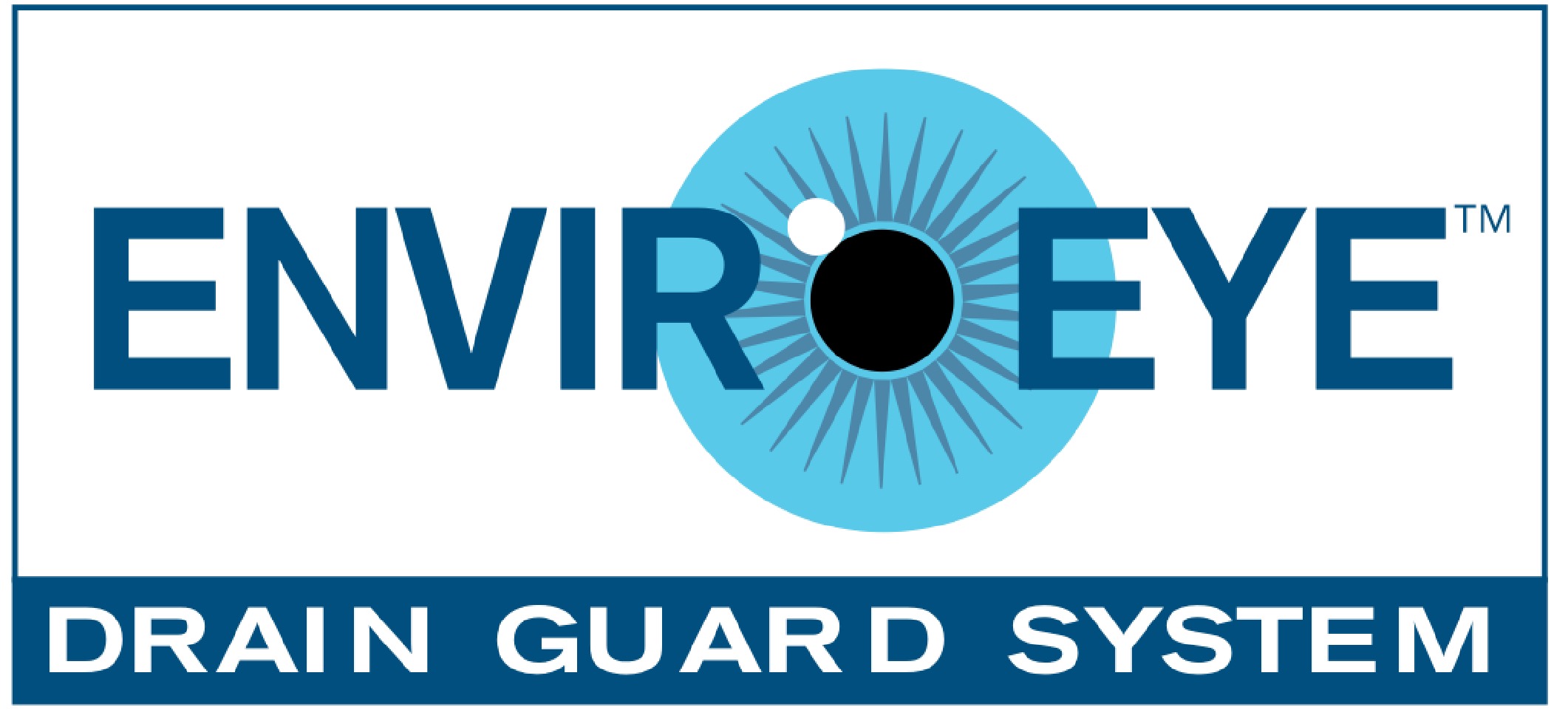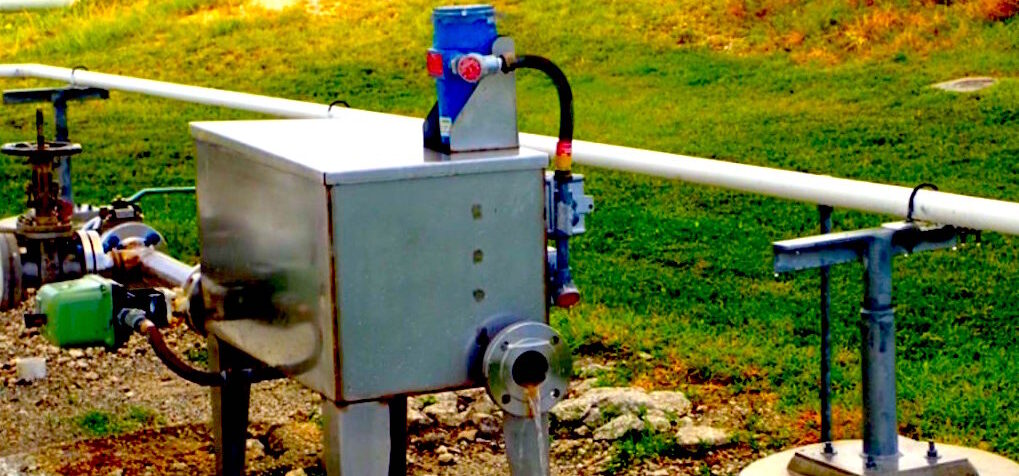About the EnviroEye – Drain Guard Systems (DGS)
The EnviroEye Drain Guard System protects external floating roof tanks and dike outfalls from unintentional release of hydrocarbons associated with storm water. The system helps to automate storm water management.
The EnviroEye Drain Guard System can signal valves to close, a pump to turn on, and/or trigger an audible or visual alert. Text alert messages can be configured for remote monitoring.
The EnviroEye Drain Guard System simplifies operation protocols by automatically detecting product release and possible environmental contamination while reducing the guesswork related to storm water and storage tank management.
Upcoming Trade Shows
May 10-11, 2025 Booth # 820
46th Annual Trade Show
Houston, Texas
George R Brown Convention Center
December 11-12, 2025 Booth # TBD
18th Annual National Aboveground Storage Tank Conference & Trade Show
The Woodlands, Texas
Waterway Marriott Hotel
April 2026 Booth # TBD
28th Annual International Aboveground Storage Tanks Conference & Trade Show
Orlando, Florida
Rosen Shingle Creek Hotel
See us at other shows: API Conference, TCEQ Conference, Clean Gulf Conference, FEPA
To schedule a meeting, contact the Sales Department at:
sales@Enviroeye.net
713-627-1700 / EXT. 102
EnviroEye solves your operating dilemma…
Removal of rainwater accumulation from open top floating roofs on above ground storage tanks presents an operating concern that, until now, has had no viable solution.
Does your operation dictate the roof drain valve be left…
Open? In cases of slight or torrential rains, all rainwater immediately drains from the roof through and out of your tank. However, if the internal roof drain line fails, the stored product drains through the failed line onto the ground, causing hazardous material discharge into the tank dike.
Closed? In light or heavy rain conditions, it is essential that an operator immediately respond by manually opening the roof drain line. If excessive rainwater is allowed to accumulate on the roof, loss of buoyancy may occur, resulting in sinking of the roof, damage to the tank wall and release of stored product into the environment.
Both scenarios expose you to potential contamination, permit violations, media attention, tank failures and extended downtime.

